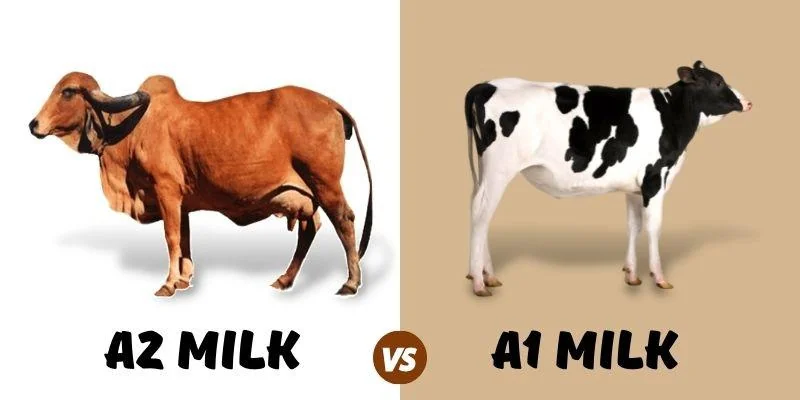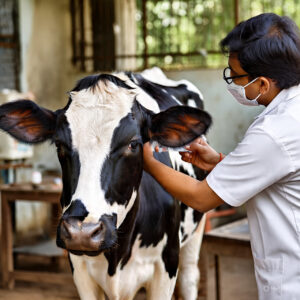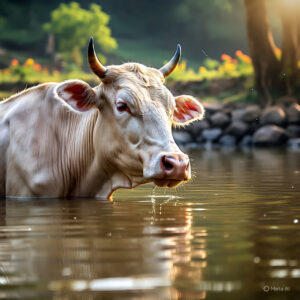India is home to a wide variety of cow breeds, broadly classified into indigenous (desi) and foreign (exotic) breeds. Each category has its own strengths, suited to different environments and dairy needs. Understanding their differences helps farmers, veterinarians, and dairy businesses make informed choices.
🐄 1. Origin & Adaptability
- Indigenous Breeds are native to India. Examples: Gir, Sahiwal, Red Sindhi, Tharparkar.
These breeds are naturally adapted to Indian climate, resistant to local diseases, and can survive on low-quality fodder. - Foreign Breeds, like Holstein Friesian, Jersey, and Brown Swiss, originate from countries with cooler climates. While they produce more milk, they often require special care, better feed, and climate-controlled conditions in India.
🥛 2. Milk Production & Quality
- Indigenous cows produce A2 milk, which is considered healthier and easier to digest.
However, their average milk yield is lower compared to foreign breeds. - Foreign breeds provide A1 milk in higher quantities, making them popular in commercial dairies. However, there are ongoing discussions about the health impacts of A1 milk.
🧬 3. Disease Resistance
- Native cows are more resilient to tropical diseases, reducing the need for veterinary interventions.
- Exotic cows are more vulnerable to Indian heat, humidity, and infections, increasing the cost of maintenance.
🌱 4. Feeding and Management
- Desi cows can survive on basic local fodder and natural grazing.
- Foreign breeds need nutrient-rich feed and often expensive supplements for high milk yield.
💰 5. Economic Consideration
- Indigenous breeds are cost-effective in the long run, with fewer vet visits and lower feed costs.
- Foreign breeds offer high short-term profits due to milk volume but come with higher upkeep costs.
🐮 Conclusion
Choosing between indigenous and foreign cow breeds depends on your goals – whether it’s health-focused dairy, sustainable farming, or commercial milk production. However, with rising awareness around A2 milk and organic practices, many Indian farmers are returning to their desi roots.
https://icar.org.in -ICAR – Indian Council of Agricultural Research
https://www.nddb.coop -National Dairy Development Board
https://pmc.ncbi.nlm.nih.gov/articles/PMC4818850 -NCBI Research on A1 vs A2 Milk




